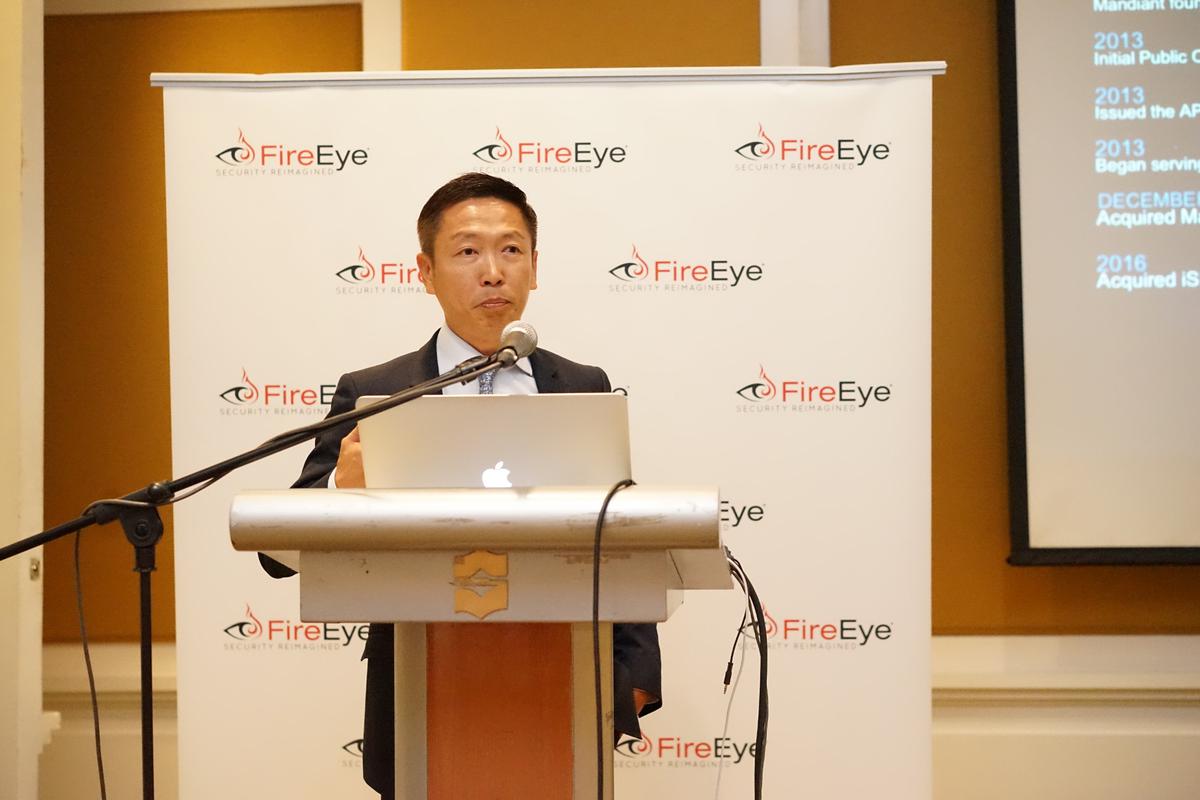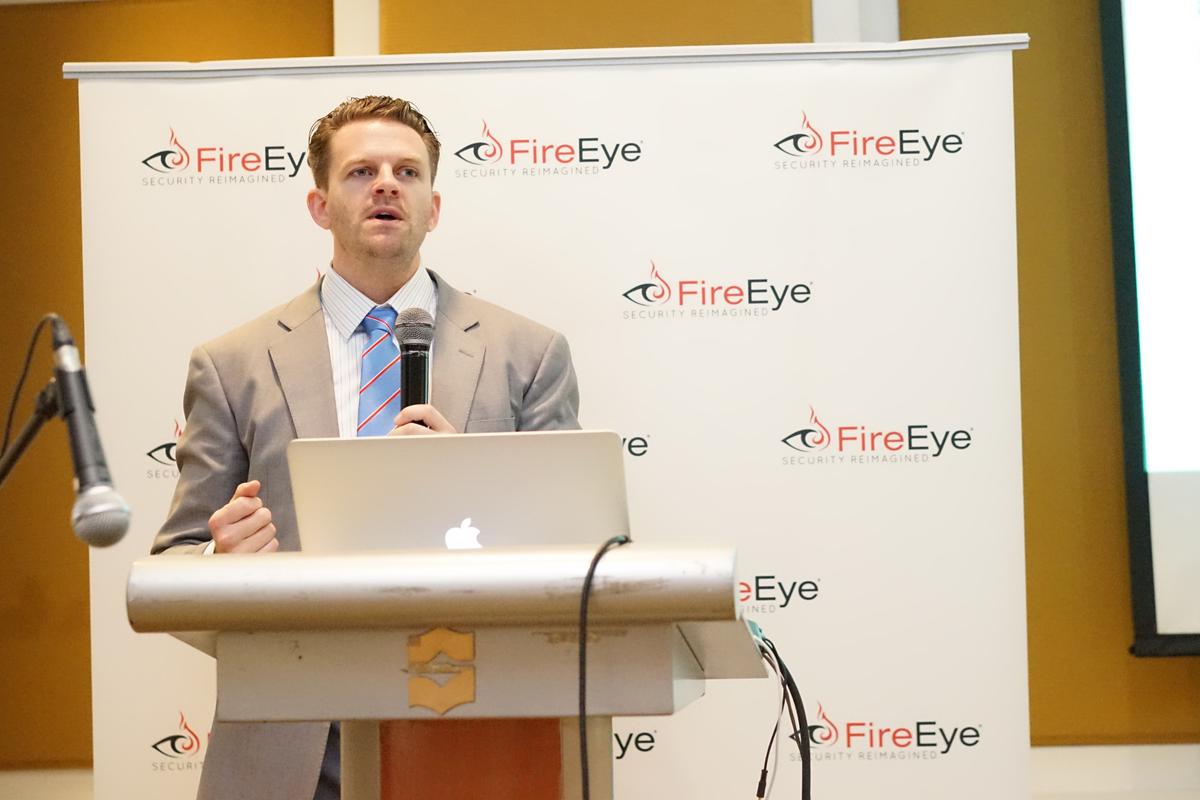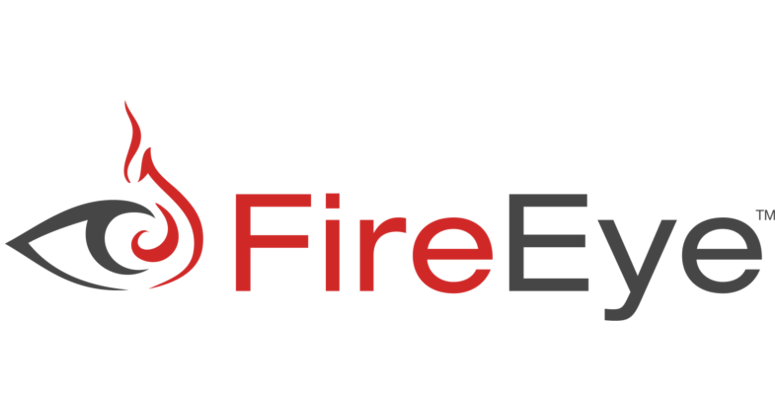FireEye, Inc. has released a new report showing that the country is twice as likely to be attacked by advanced persistent threat groups compared to the worldwide average. In contrast to the world average of 15 percent, 30 percent of observed Philippine organizations were the target of cyber attacks during the latter half of 2015.

“The Philippines’ cyber security gap is an urgent economic and national security concern. Organizations here are frequently targeted by advanced attackers. As geopolitical tensions drive rapid militarization in the South China Sea, it’s important we acknowledge that the first shots in any conflict will be fired in cyberspace,” said Eric Hoh, FireEye president for Asia Pacific. “In this new era, nations with weak cyber defenses can expect their infrastructure, services, and defensive capabilities to be significantly eroded in armed conflict.”
Specifically, FireEye noted that at least three advanced persistent threat groups—on top of various other advanced threat actors—have been targeting Philippine organizations. The top sectors affected include the government, business services (including outsource service providers), gaming, hospitality, and the aerospace, defense, and shipbuilding industries.

“When organizations fall victim to advanced cyber attacks, there can be many negative side effects, including disrupted, operations, financial losses, reputational damage, and lawsuits. In order to build a stronger security posture, it’s critical that organizations not only put technology in place to detect and respond to these attacks, but that they also bring together expertise and strong threat intelligence,” said Marshall Heilman, FireEye vice president and executive director for the incident response and red team operations.
Zooming out to the wider Asia Pacific region, FireEye observed almost the same trend. Top victims during the second half of 2015 were federal governments (45 percent of organizations exposed), entertainment/media/hospitality (38 percent), high tech (33 percent), manufacturing (29 percent), energy/utilities (29 percent), state/local governments (28 percent), services/consulting (25 percent), and financial services (20 percent).
During April last year, FireEye reported a decade-long state-sponsored cyber espionage campaign originating from China. The campaign zeroed in on government, business, and journalist targets with sensitive political, economic, and military information about South and Southeast Asia. FireEye’s analysis of the malware revealed that the responsible group also had Philippine targets.
